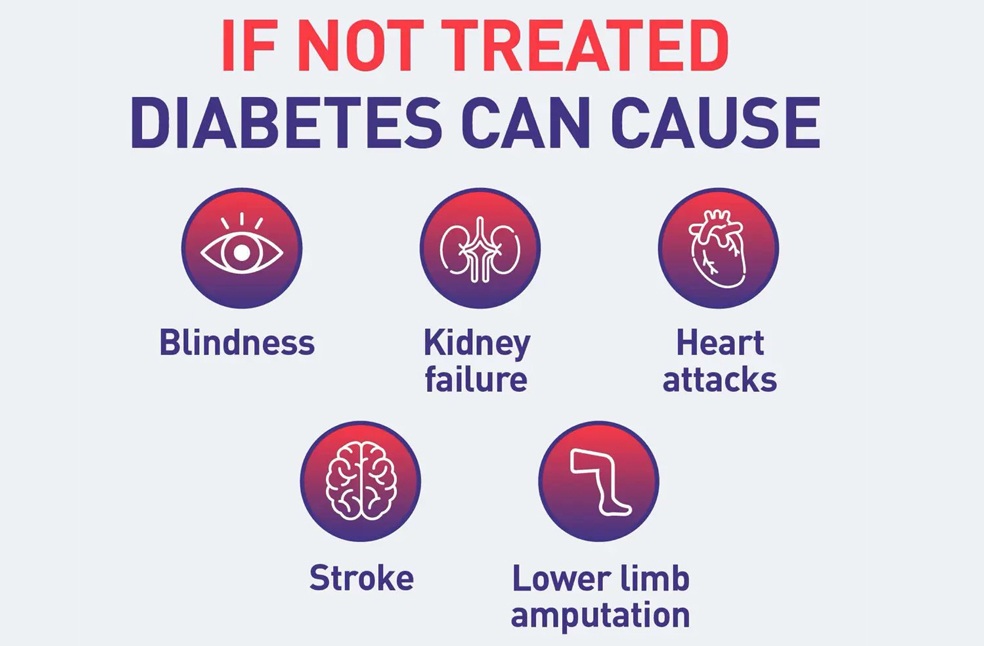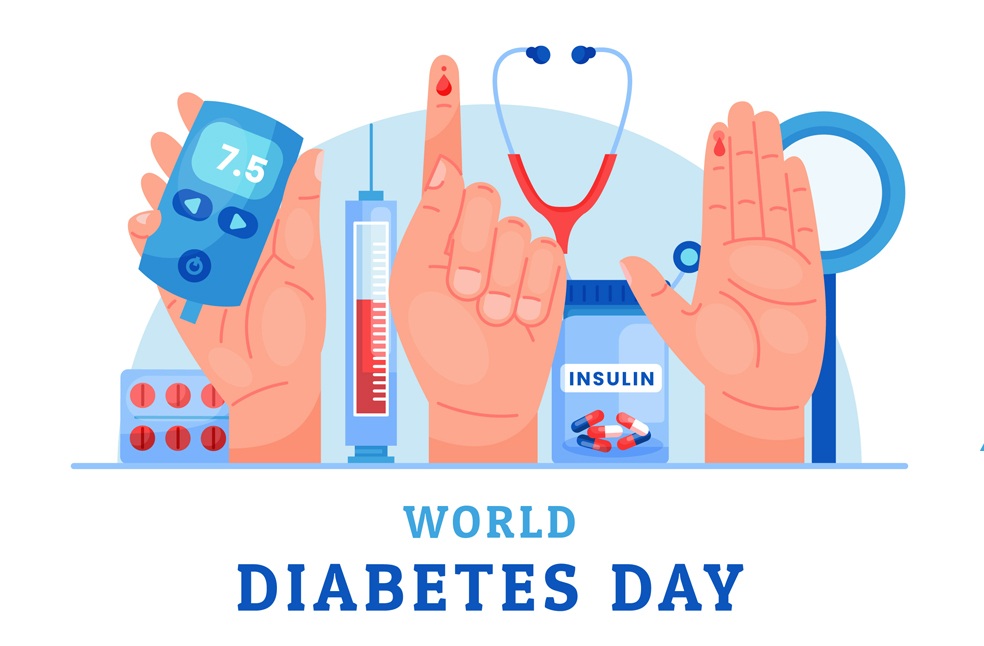Geneva: World Diabetes Day (WDD) now engages over 1 billion people across 160 countries, making it the world’s most widespread campaign focused on diabetes prevention and care. Celebrated each year on November 14, it honors the birthday of insulin co-discoverer Sir Frederick Banting, and WDD pays tribute to a medical milestone that changed history.
The campaign began in 1991, created by the International Diabetes Federation (IDF) and the World Health Organization (WHO) in response to the global rise in diabetes. Its significance quickly gained global recognition, and in 2006, the United Nations officially declared November 14 as UN World Diabetes Day through Resolution 61/225.
Diabetes across life stages
This year’s theme, ‘Diabetes across life stages,’ reflects a powerful truth: diabetes does not discriminate. It can affect individuals at any age, children, teenagers, adults in their working years, people in their reproductive years, and older adults navigating additional health challenges.
As the number of people living with diabetes continues to increase, so does the need for care systems that support patients throughout their entire lifetime. The WHO’s theme underscores a vital message: everyone with diabetes deserves integrated care, supportive environments, and policies that uphold health, dignity, and the ability to self-manage.

A life-course approach is essential, not only for treatment but also for prevention, early detection, and long-term well-being. At the heart of this year’s campaign are three key messages:
- Diabetes can affect people at every stage of life.
- Prevention and care must be integrated across life stages, from childhood to older age.
- Supporting well-being and self-care empowers people living with diabetes at every age.
World Diabetes Day offers a moment for reflection, action, and collective responsibility. It invites communities, institutions, and individuals to raise awareness, spread knowledge, and help create lasting change for the millions affected by diabetes.
WHO diabetes coverage targets
To accelerate progress, WHO Member States endorsed five global diabetes coverage targets in 2022, all to be achieved by 2030:
- 80 percent of people with diabetes are diagnosed.
- 80 percent of diagnosed individuals achieve good glycaemic control.
- 80 percent of diagnosed individuals maintain healthy blood pressure.
- 60 percent of people aged more than 40 living with diabetes receive statins.
- 100 percent of people with type 1 diabetes have access to affordable insulin and blood glucose self-monitoring. These targets acknowledge that equitable access to care saves lives.

Understanding diabetes
Understanding diabetes is central to prevention, early management, and improved outcomes. Diabetes is a chronic condition that occurs when the pancreas does not produce enough insulin, or when the body cannot effectively use the insulin it produces, resulting in hyperglycaemia, dangerously high blood glucose levels.
There are three main types:
- Type 1 diabetes, often known as insulin-dependent or childhood-onset diabetes, where the body produces little to no insulin.
- Type 2 diabetes, previously called adult-onset diabetes, is caused by the body’s ineffective use of insulin. It is commonly associated with excess weight and physical inactivity.
- Gestational diabetes, which appears during pregnancy and can affect both maternal and fetal health.
Fortunately, type 2 diabetes can often be prevented or delayed. A healthy diet, regular physical activity, maintaining normal body weight, and avoiding tobacco use significantly reduce risk. For those already living with diabetes, timely diagnosis, consistent care, appropriate medication, and ongoing monitoring can help prevent complications and support a healthy life.
World Diabetes Day stands as a global reminder: diabetes is manageable, preventable, and treatable, but only if awareness, access, and care extend to every person, at every age, in every community.


